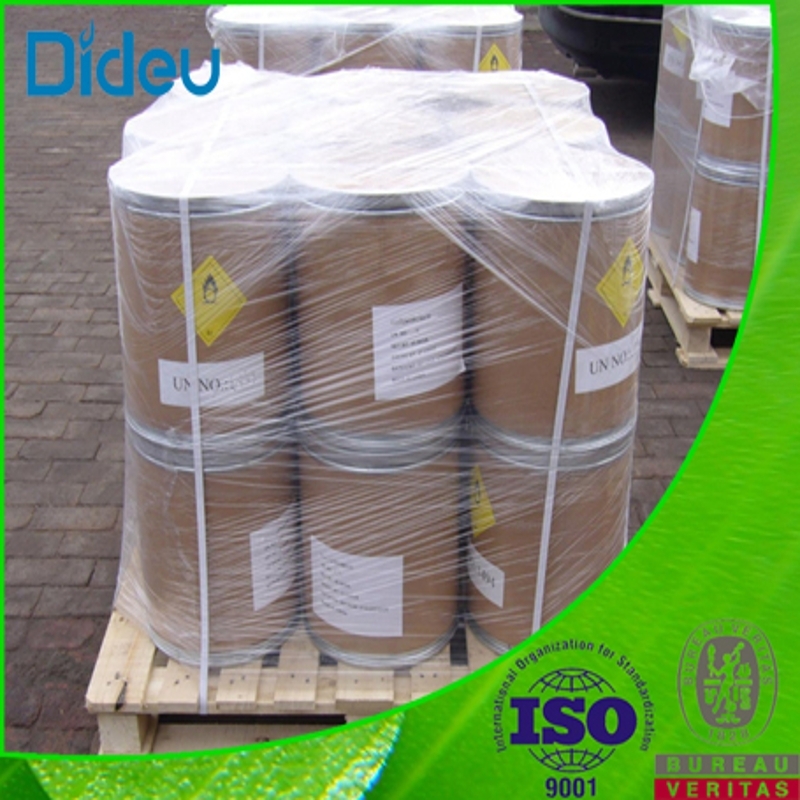-
Categories
-
Pharmaceutical Intermediates
-
Active Pharmaceutical Ingredients
-
Food Additives
- Industrial Coatings
- Agrochemicals
- Dyes and Pigments
- Surfactant
- Flavors and Fragrances
- Chemical Reagents
- Catalyst and Auxiliary
- Natural Products
- Inorganic Chemistry
-
Organic Chemistry
-
Biochemical Engineering
- Analytical Chemistry
-
Cosmetic Ingredient
- Water Treatment Chemical
-
Pharmaceutical Intermediates
Promotion
ECHEMI Mall
Wholesale
Weekly Price
Exhibition
News
-
Trade Service
Yimaitong compiles and arranges, please do not reprint
without authorization.
Insulin is the cornerstone of diabetes treatment, but compared with simple and convenient oral drugs, "subcutaneous injection", the current main delivery method of insulin, has many limitations
.
In order to better meet the clinical needs, researchers continue to move forward on the road of research and development of insulin "oral dosage form"
.
Recently, the latest research progress of oral insulin ORMD-0801 was published
in
In patients
for the Phase 3 study.
What are the difficulties in the development of oral insulin?
1.
The "three mountains" that need to be overcome in the development of oral insulin
Similar to injectable forms, the development of oral insulin began in 1922, but there is no product on the market
to date.
The difficulty of research and development mainly lies in the "three mountains" composed of physical barrier, chemical barrier and enzyme action barrier in the human body, which affects the absorption and stability of the drug, making it difficult for the oral dosage form to give full play to the therapeutic effect
.
➤Physical barrier: intestinal epithelial structure and function hinder insulin absorption, which will inhibit insulin penetration/absorption;
➤ Chemical barrier: pH and other internal environment can affect the stability and function of insulin structure;
➤ Barrier of enzymatic action: Proteases degrade insulin, resulting in low bioavailability
.
Figure 1 Barrier faced by oral insulin
2.
The "three paths" break through barriers
In order to break through the above biological barriers, researchers have actively explored and made certain progress in recent years, and identified three new strategies to overcome research and development obstacles: 1.
enhance permeability; 2.
drug modification; 3.
mechanical transportation
.
A typical example of the "enhanced permeability" strategy - oral insulin ORMD-0801
ORMD-0801 is an oral recombinant human insulin enteric-coated capsule formulation that allows insulin to enter the systemic circulation
by inhibiting the hydrolysis of small intestinal proteins and improving
In this study, 373 subjects (7.
5% of T2DM patients receiving
5%~9.
8%)
.
Randomized to ORMD-0801 8 mg (QD, BID) or 16 mg (QD, BID) or 32 mg (QD, BID, TID) for 12 weeks
.
What is the hypoglycemic efficacy of ORMD-0801? "8mg at bedtime" works well
At week 12, a significant reduction
in HbA1c was achieved in most dose groups compared with placebo.
The ORMD-0801 8 mg QD or BID group had a greater reduction in HbA1c, 0.
81% and 0.
82%,
respectively.
The reduction effect of fasting blood glucose and other blood glucose parameters measured by CGM was similar
to that of HbA1c.
This study supports the dose of 8 mg once daily at bedtime as the most effective dosing regimen
for the Phase 3 study.
Fig.
2 Change of HbA1c at week 12 (after placebo adjustment) as the dose of ORMD-0801 increases
How safe is the ORMD-0801?
The overall incidence of adverse events and serious adverse events in participants in the ORMD-0801 and placebo groups was similar, with a <5% incidence of drug-related adverse events in all dose groups, no significant difference from placebo, and mostly mild or moderate
.
Adverse reactions: the most common adverse reaction was infection, followed by gastrointestinal disease (mainly
7% in the placebo group and 4.
4% to 6.
7% in the drug treatment group).
Hypoglycemic events: ORMD-0801 did not increase the incidence of
Summary of this article
This Phase 2 study aims to determine the optimal dose and regimen of ORMD-0801 to reduce HbA1c
in patients receiving metformin monotherapy (or in combination with other oral hypoglycemic agents) for T2DM who still have poor glycemic control.
The results showed that ORMD-0801 significantly reduced HbA1c in most dose ranges from 8 mg QD to 32 mg BID, without significantly increasing the risk of hypoglycemia or weight gain, and was safe and well tolerated
.
Overall, based on primary and secondary efficacy outcomes, this review supports the dose of '8 mg at bedtime' as the most effective dosing regimen in the Phase 3 study, and two Phase 3 trials are currently ongoing
.
If these initial findings are confirmed by a Phase 3 trial, ORMD-0801 will hold great promise as an early oral option
for T2DM treatment.
Eldor R, Francis BH, Fleming A, et al.
Oral Insulin (ORMD-0801) in Type 2 Diabetes Mellitus: Dose-Finding 12-Week Randomized Placebo-Controlled Study[J].
Diabetes, obesity and metabolism.
2022 Oct 24.
DOI: 10.
1111/dom.
14901, PMID:36281496







